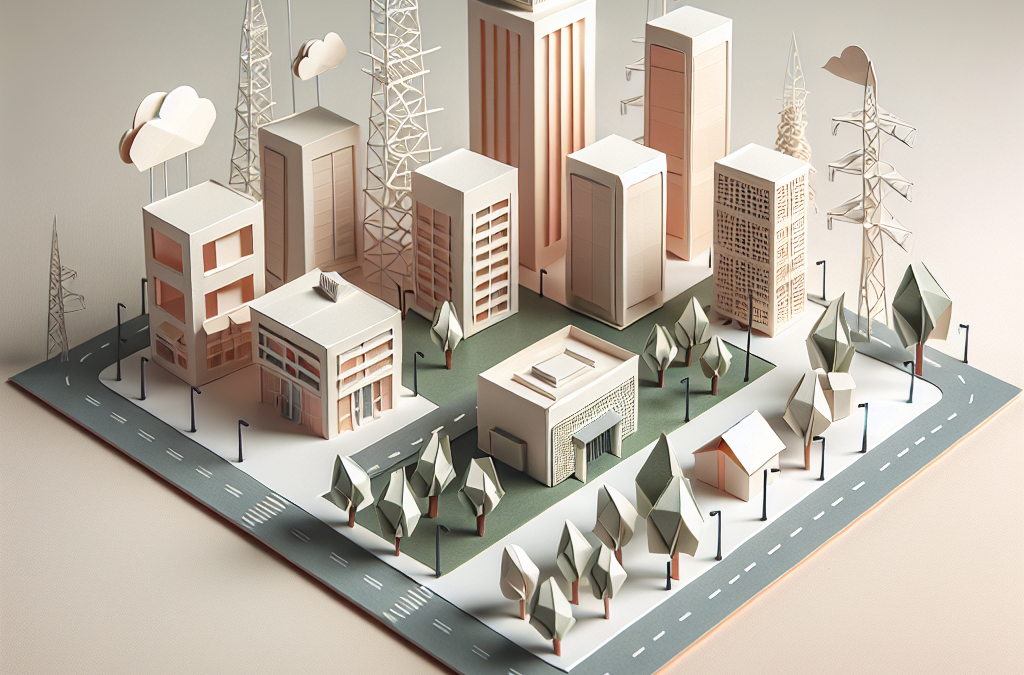Why Would A Data Center Come To Your Neighborhood?
Welcome to the Real Estate Espresso podcast – your morning shot of what’s new in the world of real estate investing. I’m your host, Victor Menasce. Today, we’re examining the economic drivers that could lead to the construction of new data centers. This sector has attracted considerable attention lately, with investors like Kevin O’Leary actively advocating for new data center construction.
Data centers are capital-intensive businesses. They require large tracts of land, significant amounts of electricity and water, and a plethora of hardware, software, and climate control equipment. Despite the demands they place on the local electric utility, data centers don’t typically contribute much to a city’s vibrancy. On Sundays, no one goes for a drive just to see a data center. However, data centers do provide access to artificial intelligence applications from organizations like Open AI, Google, Amazon, and many more.
The location of a data center primarily depends on several key factors. First, they need excellent fiber optics connectivity and redundant networks to avoid any single point of failure. They also need abundant and cheap electricity from a grid that can tolerate local power outages. And finally, data centers would look for access to skilled labor to operate and maintain the facilities.
Electricity is, by far, the single largest operating cost for a data center, and so, the rate charged by the utility makes a massive difference. However, these centers are also responsible for hundreds of thousands of circuits being cooled by cheap fans that can break down, leading to daily equipment failures. These failures add to the necessity of manpower for maintenance.
The location also dictates the climate control solutions employed, with most data centers using some form of air conditioning or water evaporation techniques – both of which account for 40-60% of a data center’s power consumption. Of course, the climate control requirement will be considerably higher in Arizona than in Alaska.
Californian data centers are second only to Texas in number due to its reputation as a technology hothub. However, with the highest electricity rates in the country, California may not witness much future growth in this sector. Instead, states like Texas, offer competitive rates and abundant natural resources, making them a cheaper and more attractive hub for data centers.
In the past, priorities were given to the proximity to the talent pool. Nowadays, the speed of response from an AI tool to provide a natural real-time experience determines the importance of proximity to major population centers.
Overall, for future site selection of data centers, the most crucial factors would be tax incentives, electricity costs, and proximity to a skilled labor pool. So, as you ponder that, have a great rest of your day, and go make some great things happen tomorrow.
Stay connected and discover more about my work in real estate by visiting and following me on various platforms:
Real Estate Espresso Podcast:
- 🎧 Spotify: The Real Estate Espresso Podcast
- 🌐 Website: www.victorjm.com
- 💼 LinkedIn: Victor Menasce
- 📺 YouTube: The Real Estate Espresso Podcast
- 📘 Facebook: www.facebook.com/realestateespresso
- 📧 Email: [email protected]
Y Street Capital:
- 🌐 Website: www.ystreetcapital.com
- 📘 Facebook: www.facebook.com/YStreetCapital
- 📸 Instagram: @ystreetcapital



